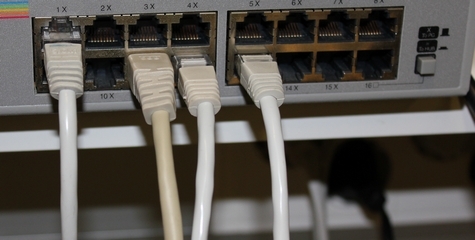WI-WE Progress
| Progress: 31.25% WWI-WE Version: 1 | |
| 0 | mandatory questions pending |
| 19 | questions total |
| 5 | questions answered |
| 5 | questions completed |
| 14 | questions pending |
Mapping Weak Signals
Inspired by: FP7 » Self-optimisation and self-configuration in wireless networks

Originally submitted by: Martin Fatun
List of all contributors by versions (mouse over)
Last changed by: Martin Fatun
WI-WE status:
.png)
